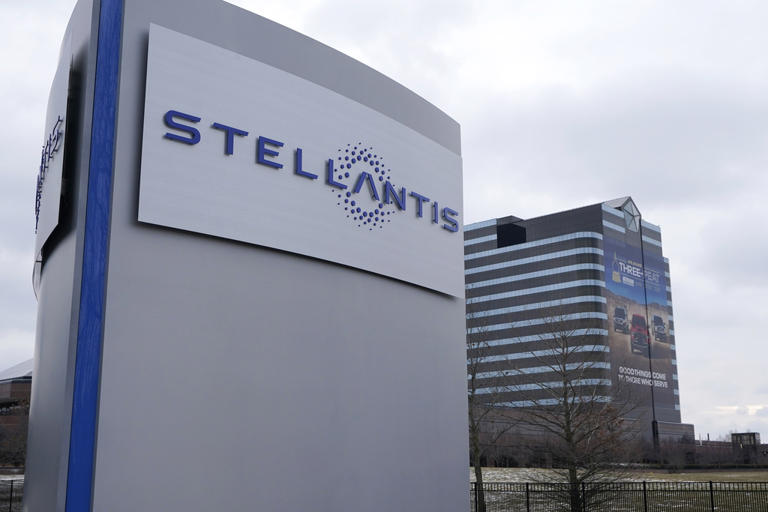Stellantis, the conglomerate behind iconic brands like Jeep, is bracing for significant workforce adjustments at its manufacturing facilities across the United States. This strategic move, unveiled on Tuesday, underscores the company’s proactive response to the dynamic shifts within the global automotive market.
The decision to downsize comes in the wake of a multitude of challenges confronting Stellantis. These challenges include a decline in U.S. sales during the initial quarter of the year, exacerbated by the mounting costs associated with transitioning from conventional gasoline-powered vehicles to electric alternatives. Moreover, the company’s recent contractual agreement with the United Auto Workers union has added to its financial burdens, necessitating a reassessment of its operational efficiency and cost structure.
With a workforce comprising approximately 43,000 individuals across its U.S. factories, Stellantis is now enacting measures to streamline operations and bolster productivity. These efforts are aimed at ensuring the company’s long-term viability and resilience in the face of an increasingly volatile market landscape characterized by shifting consumer preferences and evolving regulatory standards.
While specific details regarding the scale and timing of the layoffs remain undisclosed, reports indicate that Stellantis has already initiated the process, with recent reductions affecting 199 full-time employees at its Ram pickup truck plant in Sterling Heights, Michigan. Additionally, the company has also implemented workforce reductions among its white-collar staff earlier in the year.
Carlos Tavares, the CEO of Stellantis, has emphasized the imperative of cost reduction initiatives to facilitate the widespread adoption of electric vehicles (EVs) among middle-class consumers. Recognizing that EVs currently command a price premium of approximately 40% compared to traditional gasoline-powered counterparts, Tavares underscores the importance of driving down production costs to ensure the affordability and accessibility of electric mobility solutions. Failure to address this cost disparity risks constraining the market potential for EVs, hindering their mainstream adoption, and perpetuating a cycle of elevated production costs.
Despite these challenges, Stellantis remains steadfast in its commitment to innovation and adaptation. The company’s recent foray into electric vehicle technology, coupled with ongoing efforts to optimize its manufacturing processes and enhance operational efficiency, underscores its resilience and determination to thrive in an ever-evolving automotive landscape.
However, Stellantis faces an uphill battle as it seeks to navigate the complexities of the contemporary automotive industry. With recent sales figures indicating a nearly 10% downturn from January through March compared to the previous year, the urgency of implementing decisive measures to address market headwinds and position Stellantis for sustained success has never been greater.
